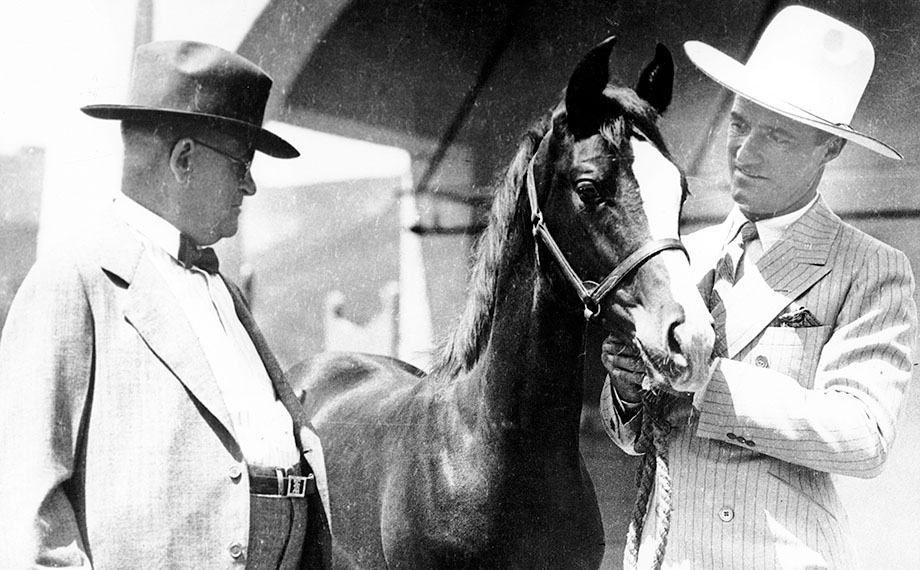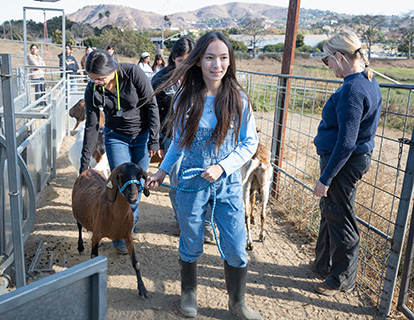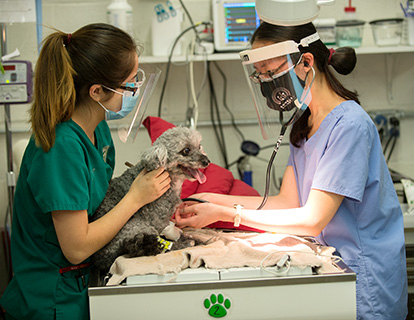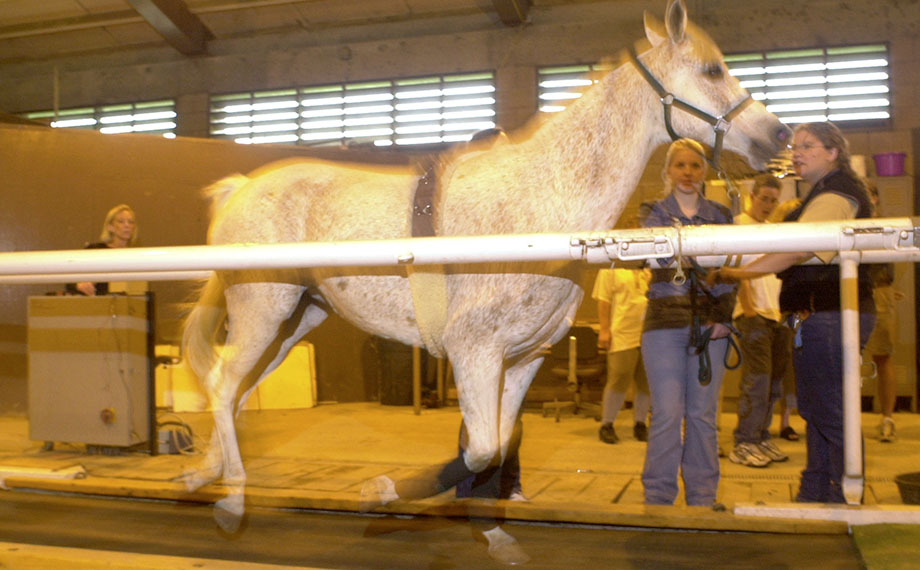Department History
Learn by Doing
The Department of Animal & Veterinary Sciences traces its bloodlines back to the establishment of the Cal Poly Pomona campus.
The university that would eventually become Cal Poly Pomona was established in 1938 at the former site of the Voorhis School for Boys in San Dimas. Initially, it was a satellite branch of the California Polytechnic School (now known as Cal Poly San Luis Obispo).
That satellite branch expanded in 1949 with the addition of an 800-acre ranch in nearby Pomona that was donated by breakfast cereal magnate W.K. Kellogg to the state of California to serve as a university campus.

As a condition of that donation, Kellogg required that the university maintain his Arabian horse herd and the tradition of Sunday Horse Shows he had started in 1927.
The university’s animal operations fulfilled that promise. In addition, the Voorhis campus offered lecture courses in dairying, animal feeds, and introductory animal science, with lab sessions at the campus on the former Kellogg Ranch.
At that time, Southern California had a quarter-billion dollar animal industry, and the Kellogg-Voorhis campuses were surrounded by an extensive dry-lot feeding industry, as well as a rapidly expanding cattle industry in the Imperial and Coachella valleys.
In response to industry needs and student interest, Cal Poly created the Department of Animal Husbandry in 1952. The original objectives were to train students in the production, management, and marketing of beef cattle, horses, sheep, and swine. Livestock feeding, meat packing, and vocational agricultural training were included in the curriculum.
Since then, the program — now known as the Department of Animal & Veterinary Science at Cal Poly Pomona — has grown and changed dramatically. From an initial enrollment of 76 students, the department now has nearly 1,000 students.
As part of a polytechnic university, the department has a clear mandate to develop career-oriented programs to meet the needs of its students and the industries that will employ them. To that end, we offer a bachelor’s degree in animal science, with both a veterinary/graduate school track and a general option for students who do not plan to become veterinarians.

In addition, the department offers an animal health science degree for students interested in becoming registered veterinary technologists. It is the only four-year veterinary technician program on the West Coast that is accredited by the American Veterinary Medical Association.

The department also has a master’s degree in agriculture, with an animal science specialization.
We continue to provide our students with meaningful, hands-on learning experiences, working with animals. The department maintains 330 acres of rangeland and 100 acres of irrigated pasture. Livestock includes a breeding herd of Angus and Angus crossbred cattle, flocks of purebred Rambouillet and Suffolk sheep, goats, and a herd of various commercial breeds of swine.
The university’s W.K. Kellogg Arabian Horse Center maintains its namesake’s legacy, raising Arabian horses and continuing the Sunday Horse Show tradition. Students can work at the center and learn more about these animals with the equine studies minor.
